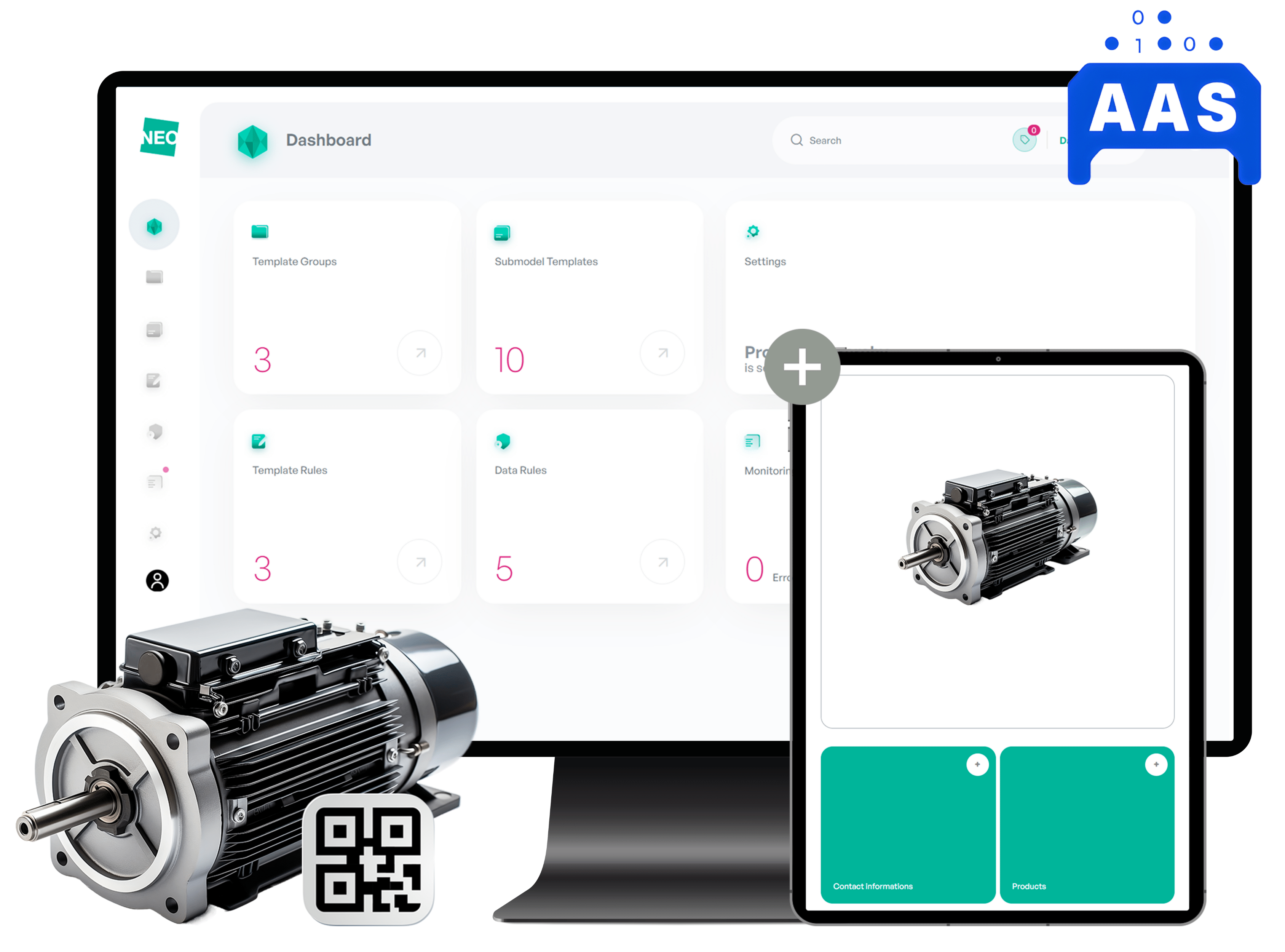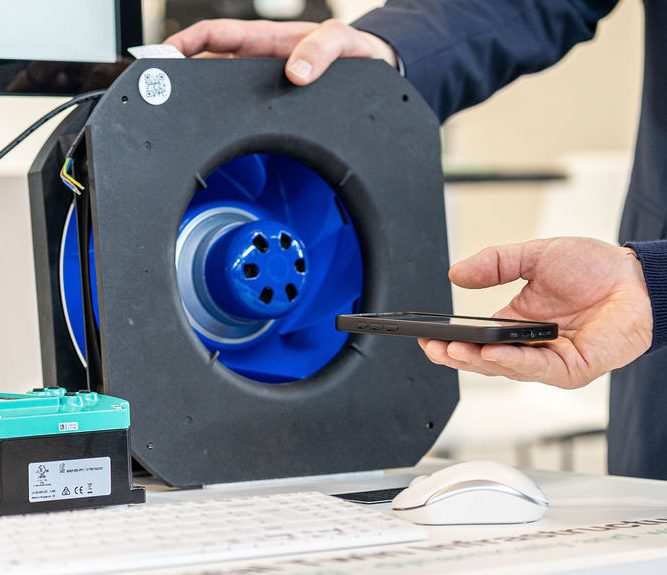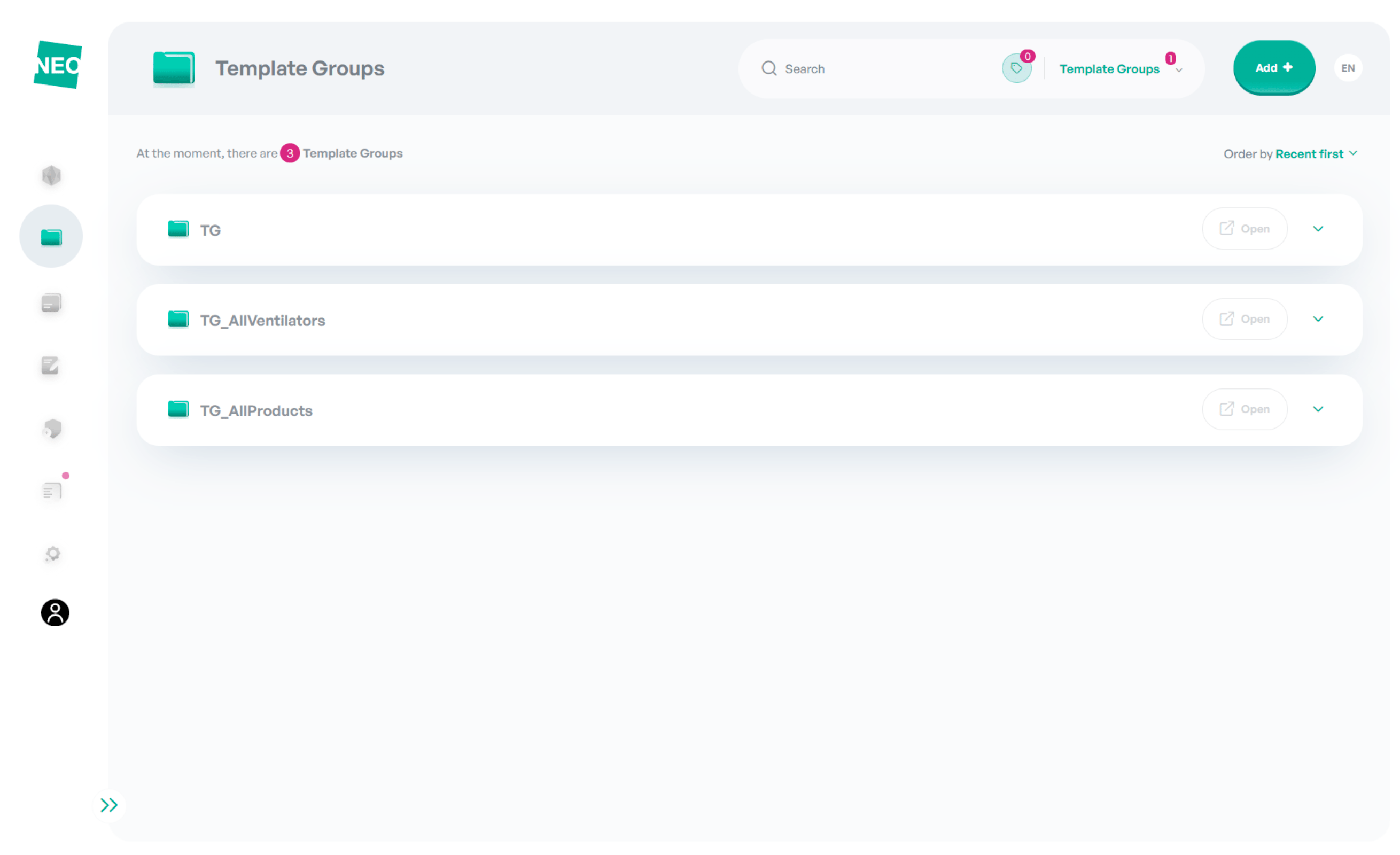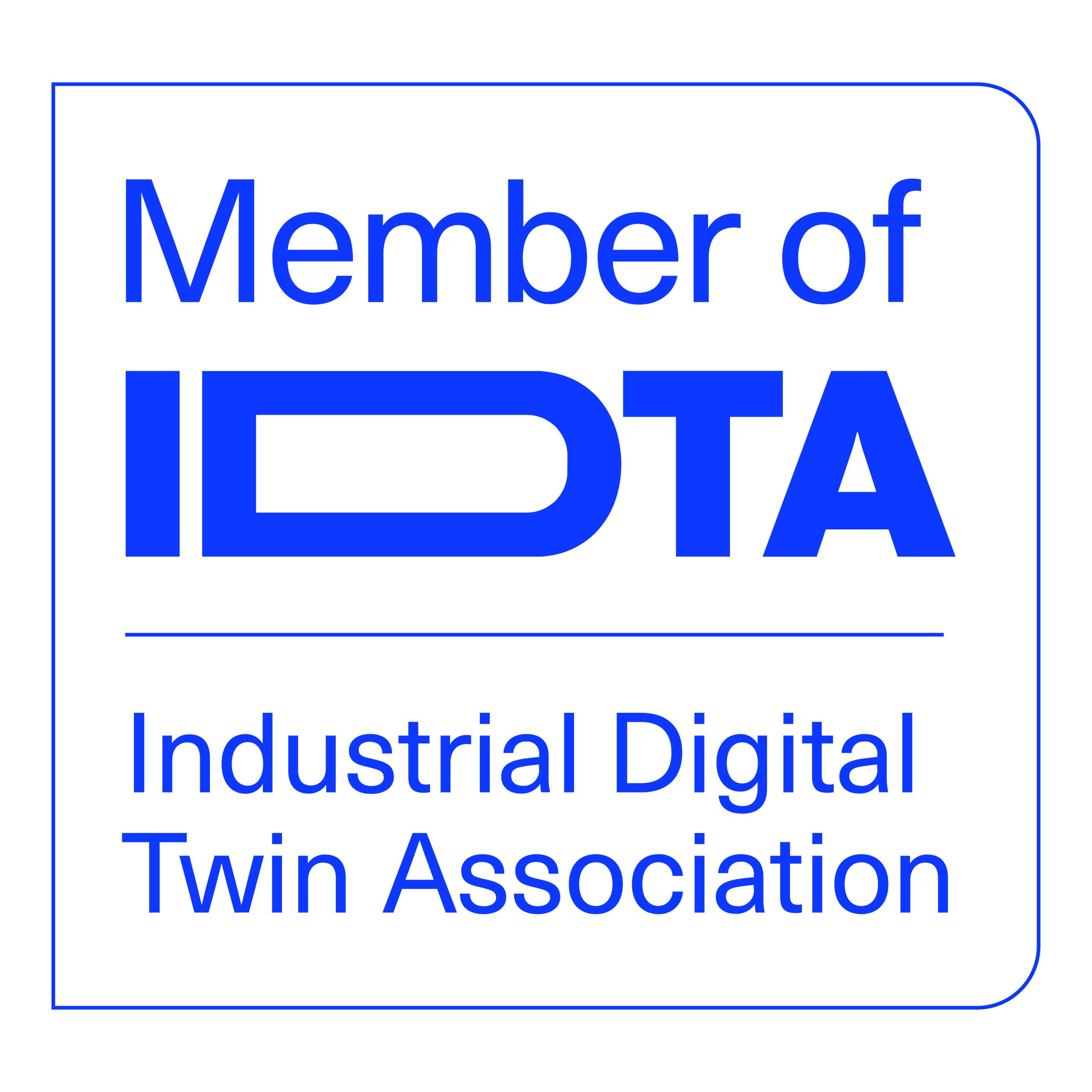Neoception® Digital Twin Infrastructure
Optimize Efficiency – Transform your Processes
Lay the foundation for future interoperability and be ready for upcoming legal and industrial regulations.
Our rule-based automation enables you to easily create thousands of Digital Twins within minutes.
The system is available off-the-shelf and industry-proven,
so you can start working on your Return on Invest right away.



Empower your Company with Digital Twins

The Neoception® Digital Twin Infrastructure (DTI) is a platform designed to consolidate proprietary product data from various data sources into a standardized digital twin, in the form of an Asset Administration Shell (AAS).
A key aspect of the Neoception® Digital Twin Infrastructure is that Asset Administration Shells are created only upon specific request. This creation “on demand”, based on pre-defined templates and no-code mapping rules, prevents redundant data storage and ensures users always to have access to the latest information and the right format.
USE CASES
Neoception® Digital Twin Infrastructure
Generate thousands of digital twins in minutes.
PRODUCT FEATURES
How do we generate thousands of digital twins instantly?
The key to our success are our four feature layers that make our Neoception® Digital Twin Infrastructure so unique.
In each layer, we attack a critical point in the entire infrastructure. From the collection and bundling of the data to the representation of its digital twin.
All this happens in just a few clicks and minutes.
The result: Your individual Digital Twin – on demand!

-
Product features
-
Key Advantages of our Product
-
Look and Feel
CONNECT
Collect all Data Sources
In the Connection layer, we collect and bundle all the interdisciplinary data sources you require. We aggregate all data down to the instance level of the product.
Your advantage: Our interfaces are so user-friendly that we can avoid additional work by linking them just once, as we only have to take this step together once.
The result: The basis for your digital twin is comprehensively enriched with all relevant data and information

STANDARDIZE
One Standard for all
In the standardization layer, we harmonize all data formats and structures into a uniform form to ensure secure integration.
Your benefit: Uniform data format according to IDTA and ECLASS standards
The result: Your data is migrated into a standardized metamodel with corresponding standardized semantics

MODEL
The right format,
at the right time
In the modeling layer, we model and create the templates according to your wishes, requirements and specifications.
Your advantage: Full control and independent customization of the templates, without any special prior knowledge.
The result: customized and customer-centric templates that are easy to handle and model. Specially tailored to your AAS.

USE
Few Clicks,
Thousand of Digital Twins
All layers are brought together in the application layer. Our comprehensive and user-friendly interface displays your applications and content in the form of AAS modeling from type I to type III.
Your advantage: fully functional web-based AAS viewer that works natively with the DTI. Create and display AAS within minutes.
The result: Various applications tailored to your needs and standardized for internal and cross-manufacturer use.

Dynamic AAS Provisioning
Generates standardized AAS data instantly when needed, eliminating pre-creation and duplicate data handling
Versatile Output Formats
The infrastructure offer diverse output formats (AASX, PDF, STEP, etc.) and applications for end users.
Semantically Described AAS
Semantically described AAS through ECLASS collaboration, suited for cross-company cooperation.
Easy Update
Updates AAS templates and data with the latest information, maintaining access to previous sub-model versions.
Scalability
Easily scale your operations, efficiently adapting to growing data volume and complexity.
Security
Ensure data integrity and confidentiality with our multi-level security, enabling authenticated access







KEY COMPONENTS
Template Group
- The foundation of our Digital Twin Infrastructure is the template group, which defines the overall structure of the digital twin.
- Submodels within the template group specify different aspects or properties of the digital twin.
Data Rules
- Data rules facilitate the mapping of properties between submodels and the actual data from your company systems.
- This critical step ensures that the digital twin reflects real-time information and remains dynamic.
Submodels
- Submodels are specialized collections of properties within the template group, defining specific characteristics of the digital twin.
- Standardized submodels, like the digital nameplate and handover documentation, provide a predefined set of properties.
- Users can also create custom submodels tailored to their unique requirements.
Template Rules
- Template rules determine which template or submodel is applied to a specific asset or category of assets.
- Rules can be customized based on various context information, allowing for flexible and dynamic digital twin creation.
Time to focus on the most
important thing – the added value
With Neoception® Digital Twin Infrastructure, you can fully focus on the added value and benefits of the Asset Administration Shell.
We make sure that AASs are productive and available to you in the right context and at the right time.
-
Fast integration in your applications
Powered by the standardized AAS API you can integrate the usage of the DTI and the provided digital twins easily
-
Create standardized AAS files en masse
The .aasx exporter provides you with standard conform AAS files that can be directly placed in repositories, for download or just as easy exchange format
-
Visualize digital twins out of the box
With our AAS Viewer you can make the AAS tangible – also directly usable for your customers
Our Partners
Future-proof solutions for today and tomorrow
The Industrial Digital Twin Association is the one-stop shop for the Digital Twin – an alliance of active creators working together to standardize the Industrial Digital Twin.
The association standardizes templates for various data models, such as digital nameplates, ensuring uniformity across products in the DT.
ECLASS is the globally recognized ISO/IEC-compliant industry standard, serving as the reference data standard for classifying and describing products and services.
More than 4,000 customers are already successfully using the 45,000 classes and 19,000 properties in 16 languages from ECLASS for digital data exchange.
Customers who already trust us
These companies already benefit from our Neoception digital twin infrastructure and experience the benefits of digital information twin technology to optimize and make their processes more sustainable.


What are you waiting for?
Customers who already trust us
These companies already benefit from our Neoception digital twin infrastructure and experience the benefits of digital information twin technology to optimize and make their processes more sustainable.


What are you waiting for?


START TO TRANSFORM YOUR PROCESSES
Use Case Workshop
Discover new opportunities with our expert-led Use Case Workshop
- Use Case Identification & Definition
- Prioritization of Use Cases
- DTI Integration Strategy
- Initial Architecture Concept Development
- Workshop Results Report
- Actionable Recommendations & Initial Proposal
With our Workshop, you’ll discover solutions to enhance your business operations and explore new opportunities. Benefit from expert insights and a clear plan to turn your ideas into actionable strategies.
Trial License
Experience our 3-month trial license with direct access to your own workspace.
- Standardized Submodels
- Custom Submodel Design
- Advanced Applications
- User-Friendly Back-Office Interface
- Expert Remote Guidance
- Initial Digital Twin Setup
With our 3-month trial license, you’ll discover how digital twins can optimize your operations. Enjoy hands-on experience with useful tools and expert support to see immediate improvements.
HAVE WE TRIGGERED YOUR CURIOSITY?
Get in Touch with us for more information about Neoception® Digital Twin Infrastructure.
We are ready to assist you with your questions or with getting your project started.
Tel.
+49 621 776 4000
agruener@neoception.com
Our Newsletter
Stay informed, Stay Curious!
Stay up to date with our Neoception® Digital Twin Infrastructure and other news related to Digital Twin technology.



